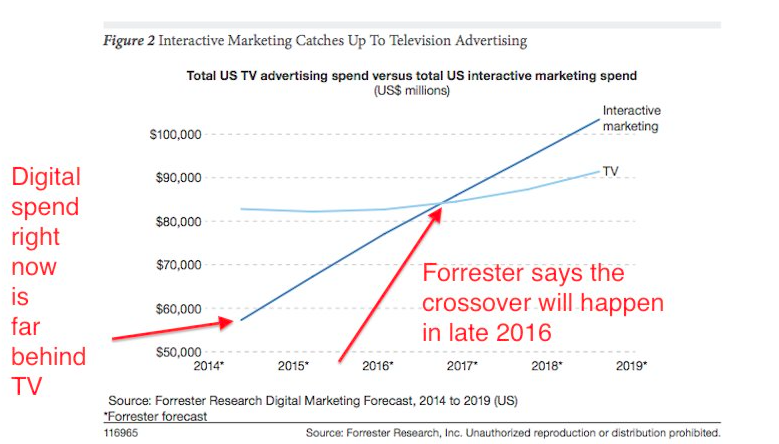“The very best marketing comes from observing consumer behavior and inserting your message into their behavior.”
Recently I reviewed the Google analytics for 22 YMCA web sites to identify consumer traffic trends for 2014. Research from eMarketer indicates that consumers continue to move their web access device of choice to mobile (smartphones and tablets). “Combining online and mobile devices, however, eMarketer expects US adults to spend 5 hours 46 minutes with digital media daily this year, increasing digital’s lead over television to well over 1 hour per day. That increase is almost exclusively attributable to mobile.”
I wanted to see the impact, if any, on the traffic to YMCA websites. Many businesses are now reporting that more than 50% of their site traffic is coming from mobile devices. It makes sense, smartphones have outsold computers since the 4th quarter of 2011.
These analytics covered 2.1 million web sessions from January 1st to November 23rd, 2014.
We Are Going Mobile
- During the first six months of 2014, mobile traffic represented 46.2% of all traffic to these YMCA websites.
- From July 1st to November 23rd, mobile traffic represented 49.4% of all traffic, an increase of 7%. Clearly consumers are increasing their use of mobile devices to access YMCA websites.
- Seven of the 22 web sites already generate more than 50% of their traffic from mobile devices.
- Based on current trends, it appears that mobile traffic will account for more than 50% of all YMCA traffic by the end of the first quarter of 2015.
Does It Matter?
What does this change in traffic mean to the “average” YMCA, if anything? This analysis includes a cross section of YMCA sites: 14 traditional web sites and 8 responsive design (mobile friendly) websites.
Mobile traffic for responsive design websites increasingly represents a larger portion of total site traffic. Mobile traffic in responsive design sites is 46.7% of all traffic versus 45.8% of non-responsive sites. When consumers have a more engaging experience, they will visit more often and stay longer.
This may be a small difference, but the real difference comes from looking at the variances in bounce rates.
Bounce Rates
| |||
January - June
|
Traditional
|
Responsive
|
Variance
|
Smartphones
|
53.40%
|
46.70%
|
14%
|
Tablets
|
44.70%
|
37.90%
|
18%
|
July - November 23rd
|
Traditional
|
Responsive
| |
Smartphones
|
54.40%
|
47.68%
|
14%
|
Tablets
|
44.44%
|
39.57%
|
12%
|
Clearly the bounce rates are lower for responsive design sites. Responsive (mobile friendly) design leads visitors more easily to the content they are seeking.
Your website is your digital storefront and for many member prospects it is their first impression of your organization. Upgrading your website to responsive design (or at least offering a mobile site) is no longer an option. Consumer behavior now dictates it.




